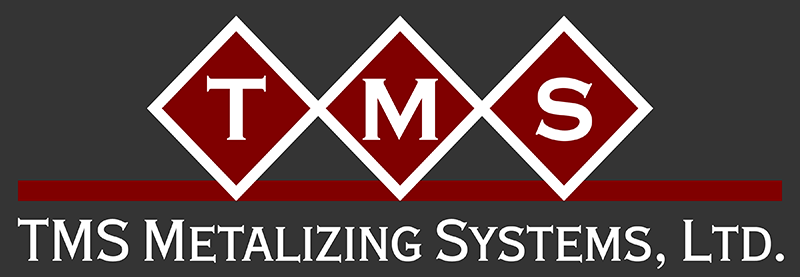Why Choose Metalizing for Corrosion Control?
Some Benefits of Metalizing
Metalizing, also referred to as Thermal Spraying, provides a long life coating solution for steel structures in urban, rural, industrial and coastal areas.
- Metalizing can be accomplished in the shop or in the field; on new or existing structures.
- Metalized components or structures are ready for use immediately after application.
- Metalized coatings are a cost-effective means of providing long term corrosion protection from the sea, salty air, and other harsh environments.
Metalizing vs Paint
- NO VOC’s: Zinc or aluminum metalized coatings are inorganic and do not contain volatile organic compounds which can harm the environment.
- Corrosion control metalized coatings have replaced many paint systems due to the predictable service life of the metalized coating and the lower life cycle coating cost.
- Metalized coatings offer greater resistance to heat damage and hot and cold cycling than conventional paint systems.
- Metalizing does not need the same level of temperature control during application, which allows for all-season coating application.
- Metalized components are less susceptible to damage from shipping and handling.
- Where colors are required metalizing can provide an excellent surface for paint, while also providing corrosion protection if the paint coating becomes damaged.
Metalizing vs Galvanizing
- No distortion due to heat: The surface being coated remains at ambient temperatures and the metalized coating process does not distort the shape of steel nor will it affect its metallurgical structure.
- When fabrications are too large or cannot be hot-dip- galvanized, zinc metalized coatings are an excellent alternative.
- Metalizing is applied with portable equipment so it can easily be used as a field coating process or a shop applied coating.
- When equipment is not being used, it can easily be switched off; saving energy costs.
- Zinc metalized coatings can also be used for repairing galvanized coatings which have become damaged during fabrication (such as welded areas).
